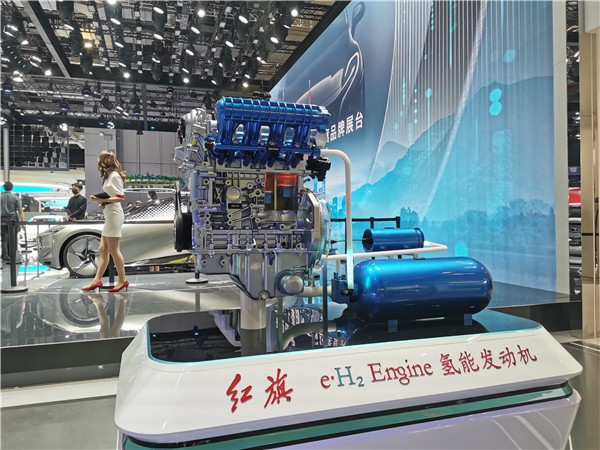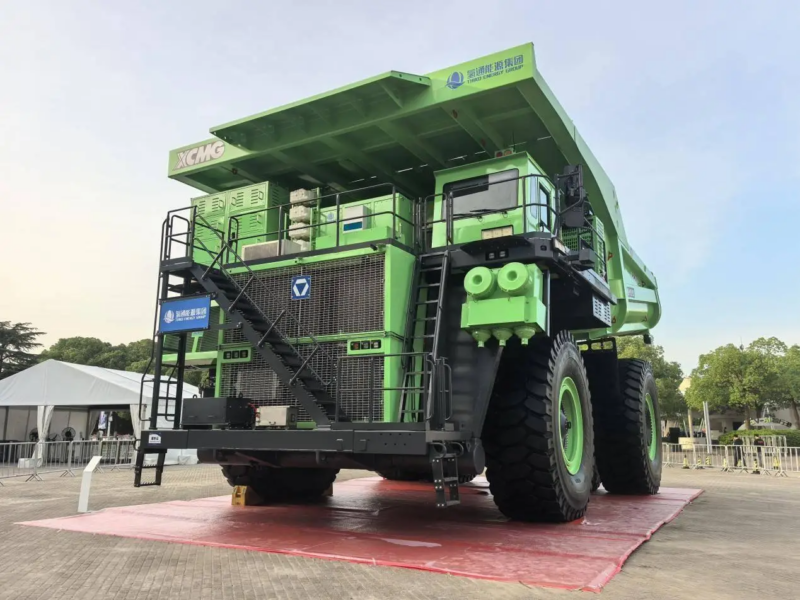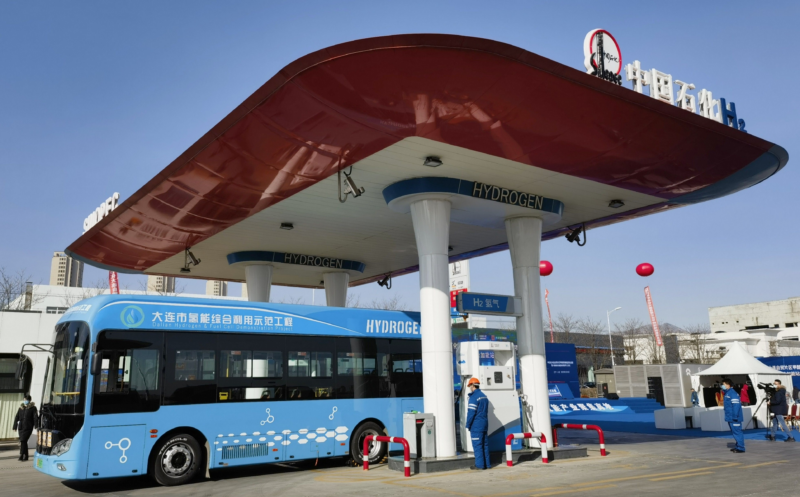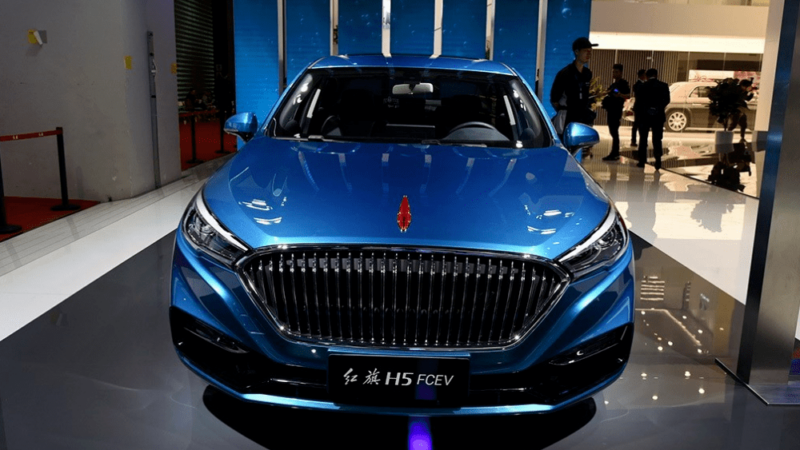FAW Hongqi reports breakthrough in hydrogen fuel cell vehicle development
As reported by the official website of the State-owned Assets Supervision and Administration Commission of China, FAW Hongqi has announced a breakthrough in its hydrogen fuel cell vehicle (HFCV) project, successfully passing crucial tests for hydrogen consumption and cruising range.
According to the announcement, the system achieved a 15% reduction in hydrogen consumption compared to competitors with lighter curb weights. Hongqi highlights two core strengths of its research and development system:
- Efficient Technology Conversion: An agile development system, from pre-research to testing and validation, has significantly accelerated the industrialisation of technological achievements.
- Independent Control of Key Technologies: The fuel cell hybrid power energy management strategy is 100% independently developed, providing robust technical assurance for the mass production of HFCVs.

Hydrogen fuel cell vehicles in China: overcoming hurdles for large-scale adoption

The HFCV industry is currently transitioning from demonstration applications to large-scale development, with progress being made in vehicle manufacturing and core technologies. Experts emphasise the need for improved top-level design, continued technological breakthroughs, and increased application promotion to drive sustained industry growth.
Key technological advancements:
- World’s largest hydrogen-powered mining truck: XCMG Group developed a 260-ton hydrogen-powered mining truck, featuring original technologies such as on-board high-power battery systems, decentralised hydrogen storage, and on-board high-power bidirectional DC/DC.
- Advanced fuel cell products: Shanghai Thiko Energy Group’s “Hydrogen Mining 300” fuel cell product, designed for mining trucks, heavy-duty trucks, and ships, incorporates technologies like dual-ejector hydrogen supply and energy recovery. It can operate in extreme temperatures as low as -40 degrees Celsius and has a lifespan of up to 25,000 hours.
- Enhanced components: Breakthroughs include fuel cell stacks with improved power performance and cruising range, capable of self-starting at -30 degrees Celsius; catalysts with a 10-15% increase in overall performance; and titanium-based carbon-coated bipolar plates with a potential lifespan exceeding 30,000 hours and over 30% cost reduction.

Despite significant progress, the HFCV industry’s development has been slower than anticipated, with challenges remaining in standard and regulatory frameworks, hydrogen storage and transportation, and high hydrogen prices. Further breakthroughs are needed in fuel cell technology to achieve higher durability, efficiency, and lower costs. Some domestic fuel cells still exhibit instability, requiring more effort in improving their economic viability and safety.
Source: State-owned Assets Supervision



